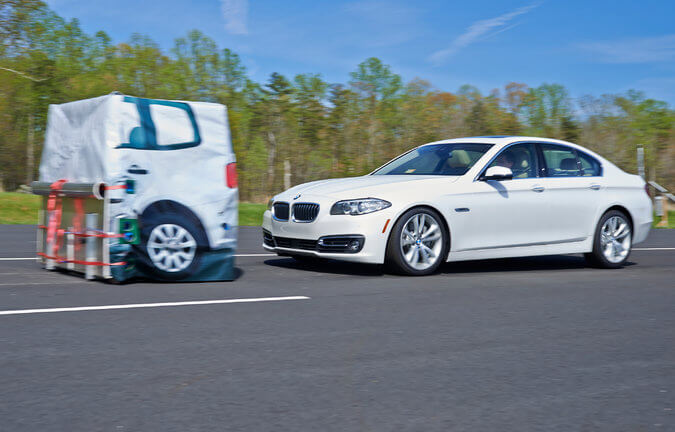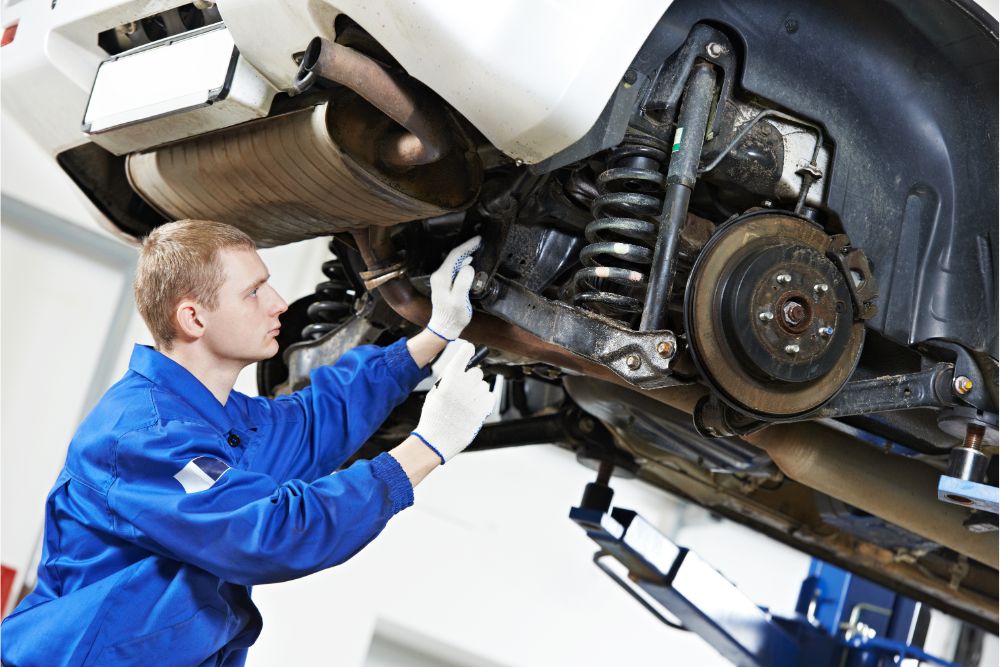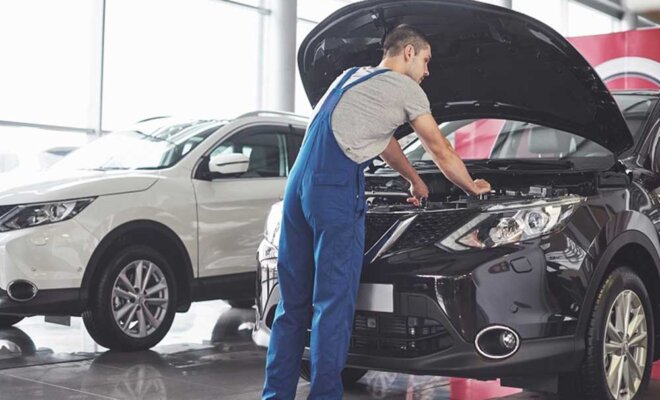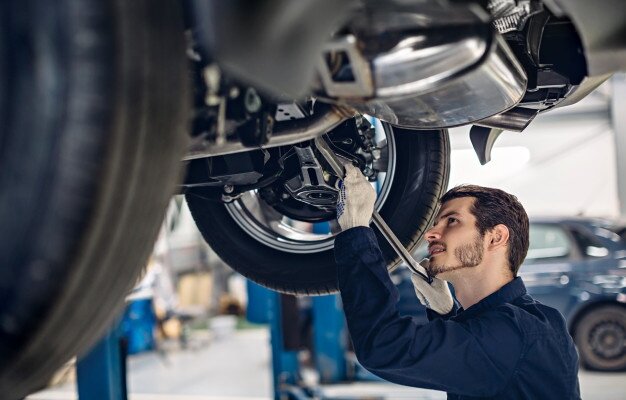DETROIT — Federal regulators said on Friday that 10 automakers had agreed to install automatic braking systems, which use sensors to detect potential collisions, as standard equipment in new vehicles.
But the automakers have not set a timetable for the introduction of the systems, and regulators may still seek government rules that would require the equipment as a standard feature in all cars and trucks — just as airbags were mandated a generation ago.
Anthony Foxx, the transportation secretary, said in a prepared statement that emergency braking technology could reduce traffic deaths and injuries.
“We are entering a new era of vehicle safety, focusing on preventing crashes from ever occurring, rather than just protecting occupants when crashes happen,” Mr. Foxx said.
Automatic emergency braking systems are meant to mitigate accidents, particularly rear-end crashes in which drivers fail to apply the brakes in time to avoid collisions.
The systems would be the latest in a long line of government efforts to cut the number of traffic fatalities in the United States, which fell about 25 percent from 2004 to 2013, to 32,719, according to the most recent government statistics.
If put in place, the systems would be another step in that direction, similar to government initiatives that required airbags and backup cameras as standard equipment.
The announcement Friday was made in conjunction with the Insurance Institute for Highway Safety, a nonprofit group sponsored by insurance firms that is dedicated to reducing accidents on the nation’s highways.
“Most crashes involve driver error,” said Adrian Lund, the group’s president. “This technology can compensate for the mistakes every driver makes because the systems are always on alert.”
In their relatively short time on the market, automatic braking systems have shown promise, research has shown. For example, insurance officials compared insurance claims data for Volvo models that were equipped with the braking technology with those that were not. In each case, claims made under property damage liability coverage were about 15 percent lower in the Volvo models that had such technology compared with cars that did not.
The announcement on Friday was made at the dedication ceremony of the institute’s newly expanded research facility in Virginia, which has new capabilities to test crash-avoidance technology.
Some luxury autos are already equipped with emergency braking systems, but the technology is not common on most mass-market vehicles.
The manufacturers that have committed to making emergency braking standard on future vehicles include BMW, Ford, General Motors, Mazda, Mercedes-Benz, Tesla, Toyota, Volkswagen (as well as its Audi brand) and Volvo.
The 10 companies “will work with I.I.H.S. and N.H.T.S.A. in the coming months on the details of implementing their historic commitment,” theNational Highway Traffic Safety Administration said in a statement.
The agency did not comment on why other auto companies were not participating in the effort. It said that the 10 automakers involved manufactured about 57 percent of all the new vehicles sold in the United States last year.
Advertisement
An agency spokesman, Gordon Trowbridge, described the voluntary commitment by the participating automakers as an initial step toward accelerating the installation of braking systems in as many vehicles as possible.
“Some of these companies are further along in this technology and we hope they will respond quickly,” Mr. Trowbridge said.
He added that the safety agency could still pursue the enactment of federal rules requiring the equipment, but he noted that such an effort would be lengthy.
“Rule-making is still a possibility, but the reality is that rule-making can be a five-year process, or longer,” he said. “And we think that lives can be saved in the interim.”
Industry analysts say that automatic braking requires expensive technology that not all automakers are equipped to install at the moment. And automakers, in developing the technology, have developed different approaches. Vehicles that detect a potential collision offer audible and visual alerts to the driver, then they may give a physical warning in the form of a vibrating steering wheel or pulsating brakes. Other systems activate a tug on the seatbelt.
“It’s a worthwhile goal, but one that will take a lot of time and resources across the industry,” said Karl Brauer, an analyst with the auto-research firm Kelley Blue Book.
Mr. Trowbridge of the N.H.T.S.A. said there was not yet a timetable for the committed automakers to begin widespread installation of emergency braking systems.
“The agency is hoping this will be implemented as soon as possible,” he said.
The agency’s chief, Mark R. Rosekind, vowed to coordinate the efforts of insurance providers and automakers to “expedite the implementation” of the new technology. “N.H.T.S.A. will work closely with I.I.H.S. and the auto industry to carry out that commitment,” he said.
Read More: http://www.nytimes.com/2015/09/12/business/automakers-will-make-automatic-braking-systems-standard-in-new-cars.html?ref=business&_r=0










